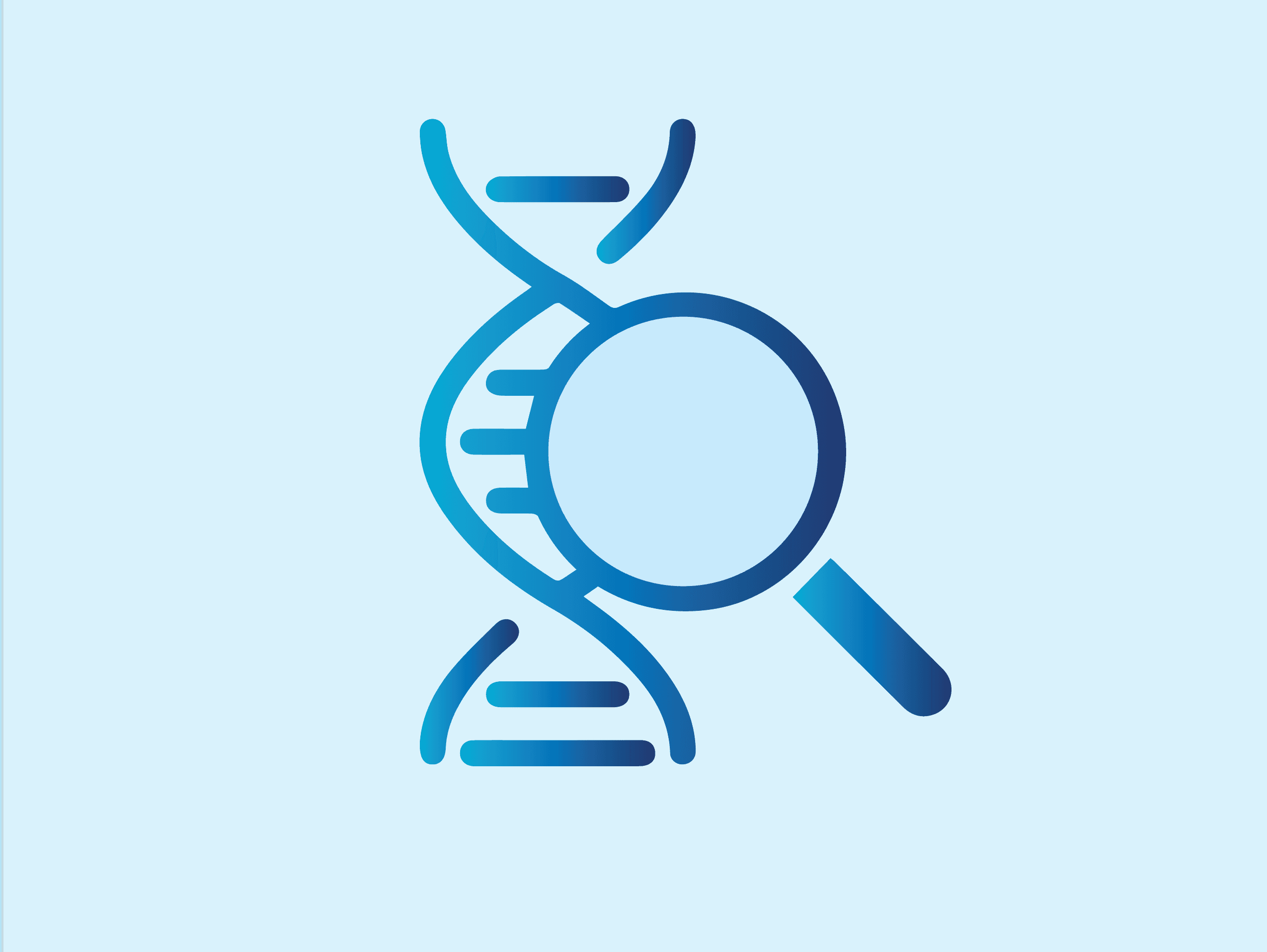Genomic sequencing
Clinical genomic sequencing is a powerful test that can help identify the cause of health and developmental problems.
In many cases, clinical exome sequencing or whole genome sequencing (WGS) is used to seek answers for patients where other testing has failed to find a cause of their health problems.
We use the patient’s clinical presentation (phenotype) as the basis for finding disease causing genetic variants (a phenotype driven approach).
Our multidisciplinary team provides comprehensive investigation and interpretation, to help support health professionals and patients in finding answers to complex health conditions.
Our more frequently requested tests

Learn more about genomic sequencing